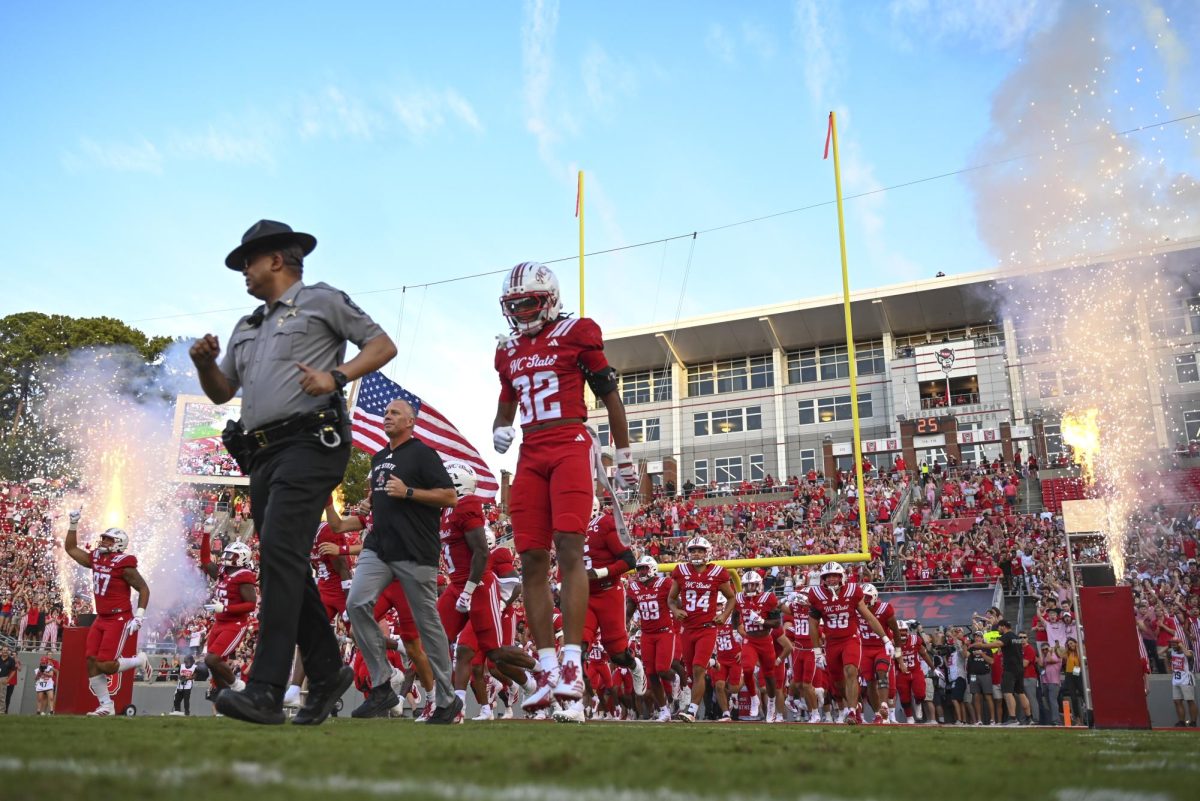Due to the difficulty of degree programs in science, technology, engineering or mathematics, many students who are studying these fields at N.C. State are likely to either switch majors or even drop out.
STEM programs, which have won N.C. State global recognition for their research leadership initiatives, have high dropout rates nationally, according to a new study by the Department of Education’s National Center for Education Statistics.
According to the national study, 48 percent of students who entered college in the 2003-2004 academic year seeking a bachelor’s degree in a STEM major left the field before completing a degree.
Trey Standish, assistant director of enrollment planning for University Planning and Analysis, said students who enter STEM fields at N.C. State are likely to switch majors before graduation.
According to Standish, 59 percent of students who entered N.C. State between 2005 and 2007 in a STEM discipline graduated with a degree in that discipline within six years. Standish said that of those students who begin in STEM, 73 percent graduate with a degree at N.C. State.
N.C. State’s 41 percent of students beginning in STEM, who either switch majors or leave the University without completing a degree, represent a slightly higher retention rate than the national average.
Jamila Simpson, assistant dean for diversity and student services in the College of Sciences, said that despite dropout rates, N.C. State makes an effort to keep students in STEM.
“The emphasis N.C. State puts on undergraduate research is one of the key ways to retain students in STEM,” Simpson said.
Jo-Ann Cohen, associate dean of the College of Sciences, said that although N.C. State is proactive in creating programs to promote students in STEM disciplines, students who enter STEM as freshmen sometimes aren’t prepared for the coursework in the science fields.
“High school courses give students a glimpse of the STEM discipline, but that is just the tip of the iceberg,” Cohen said. “Once students get to college and take STEM courses, they sometimes discover that their passions lie in other fields.”
The national survey indicated that non-STEM fields, including those in the humanities, education and health sciences, have similar attrition rates to that of STEM programs, with between 52 and 62 percent leaving the programs for another one.
For example, candidates for business and social or behavioral sciences degrees have an attrition rate between 45 and 50 percent.
Jerome Lavelle, associate dean for the College of Engineering, said that students in both STEM and non-STEM programs choose to switch majors for various reasons.
“As educators in STEM, we are continuing to talk to students about what STEM fields represent, including what kinds of careers and life work they can achieve as STEM workers of 21st century,” Lavelle said. “We are attracting as many students as we can, but we are also there to move them in other directions if they find that STEM isn’t a good fit.”
Lavelle said that some students who enter N.C. State in STEM fields leave because it didn’t meet their expectations, while others struggle with the academic side of it.
“Some students come in and don’t have rigorous academic background needed for their courses and start off behind the ball,” Lavelle said. “If I’m a student struggling in Bio 183, I might rethink my choice to major in biology.”
However, Lavelle said that in the College of Engineering specifically, he sees many students with high academic standing that nonetheless choose to leave the field for different reasons.
“There isn’t one specific reason that students leave STEM,” Lavelle said. “The goal is to line up any student’s interest and aptitude with a corresponding choice of major as early as possible in their path in higher education.”




